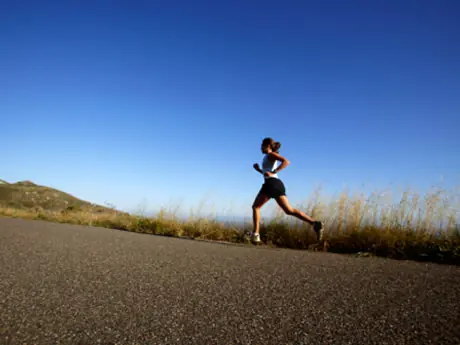Do Gaits Change?
So you had a shoe analysis five years ago? Not good enough. Cragg stresses the importance of having a shoe analysis done every time you buy a new pair of shoes.
"There are a handful of things that can change your gait," he says. "These include aging and injuries... even becoming a better runner can change your gait."
Cragg also recommends seeing a shoe fitter if you start to experience recurring injuries or issues that weren't previously there, or if you plan to increase or decrease your mileage.
Not a Cure-All
In addition to recommending a shoe, Run On!'s Decker likes to use a Brannock device to accurately measure your foot and the way it spreads out when you apply pressure to the sole.
"If your foot increases a full size when putting weight on it, it's likely that you have a very flexible arch," he says. "This is when we might recommend an insert in addition to a certain shoe."
While a shoe fitting can make a world of difference for a person's running comfort and efficiency, the right pair of shoes can only do so much for a person if they have underlying alignment issues, Cragg says. Shoes cannot repair injuries or incorrect form—only support and slow down the process of motion.
Regardless of your foot or gait type, rest assured there is a shoe for you. And once you find it, you'll be running easy.
Related Articles:
- Running Shoe Types and Parts Defined
- 3 Exercises to Improve Your Running Form
- The 5 Most Common Injuries for Runners
Connect with us on Twitter, Facebook, Instagram or Pinterest for more tips, recipes and ideas to fuel your ACTIVE life.
 Find your next race.
Find your next race.
- 3
- of
- 3
About the Author

Get ACTIVE on the Go


Couch to 5K®
The best way to get new runners off the couch and across the finish line of their first 5K.
Available for iOS | Android







Discuss This Article